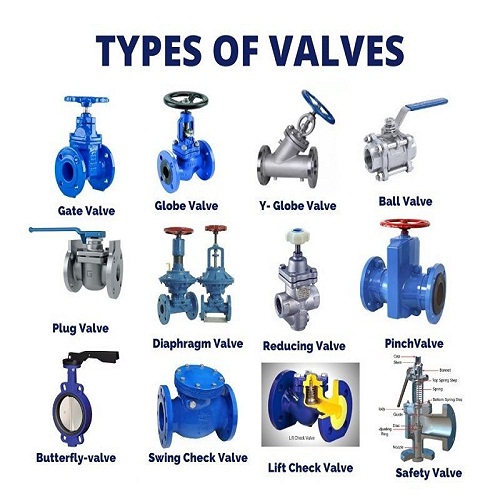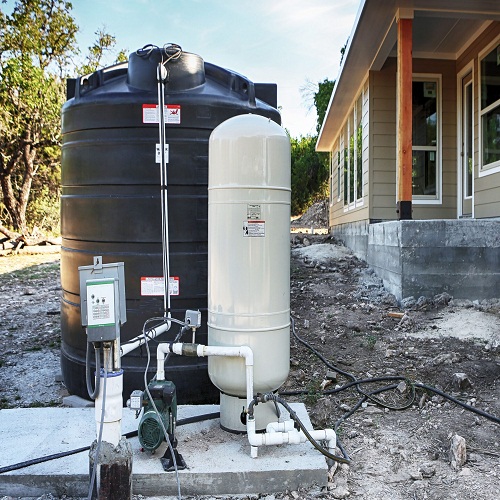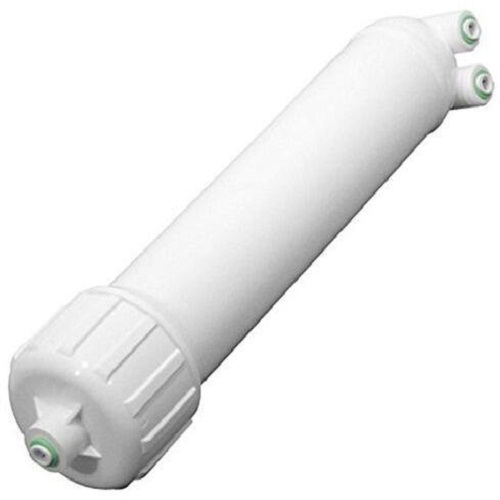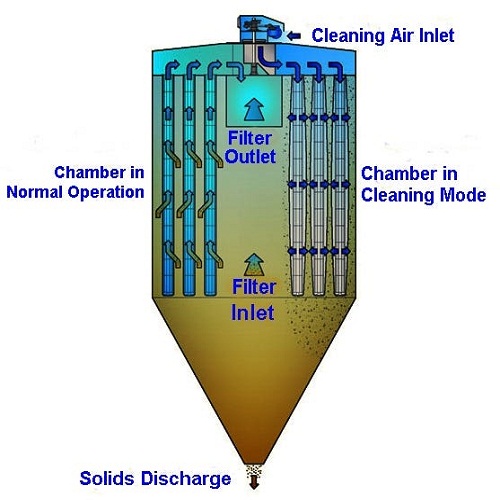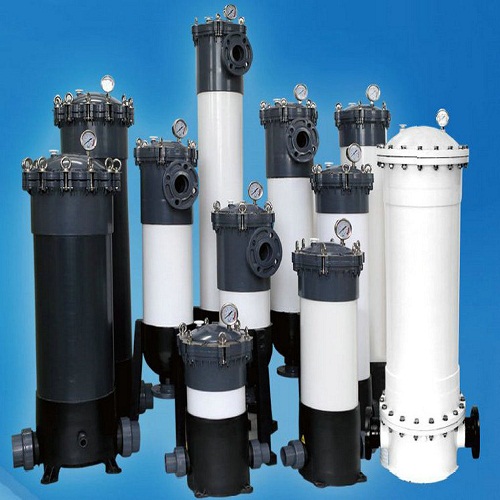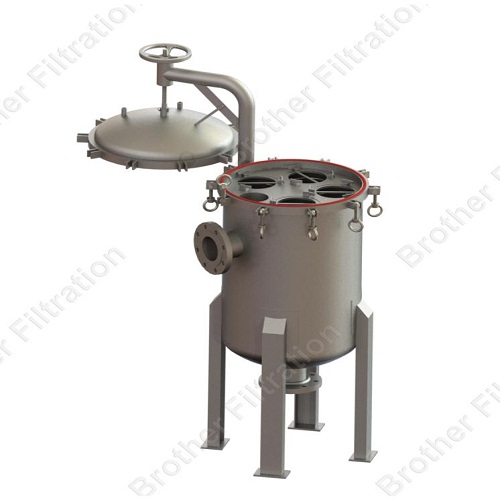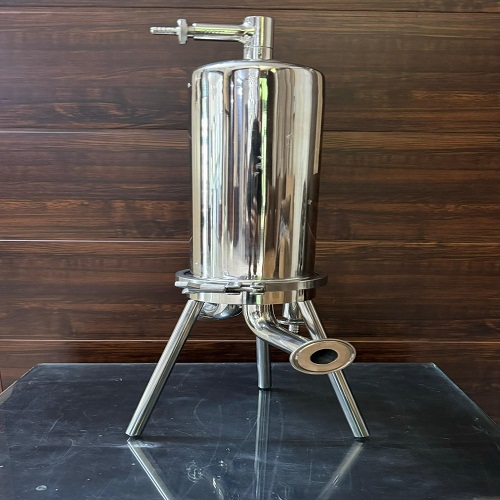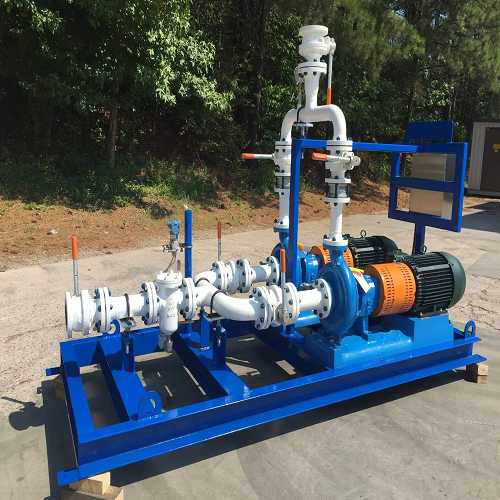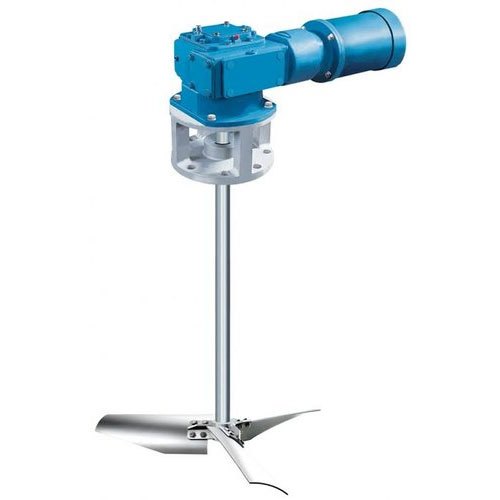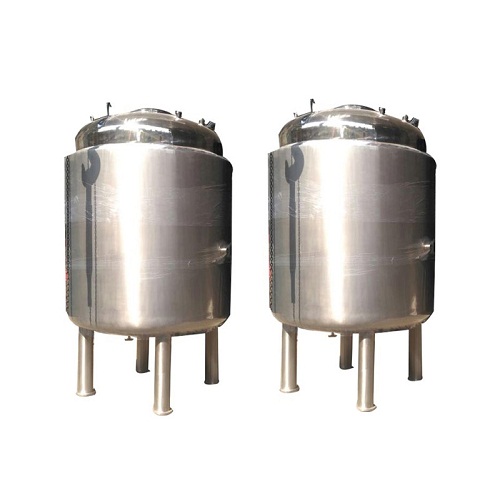
our category
STAINLESS STEEL (SS)
Stainless Steel (SS): Properties, Types, and Applications
Stainless Steel (SS) is a versatile and corrosion-resistant alloy made primarily of iron, with a minimum of 10.5% chromium content by mass. It is known for its durability, resistance to corrosion, and high aesthetic appeal, which makes it a material of choice for various industries. Stainless steel combines the properties of strength, ductility, and resistance to oxidation and corrosion, making it ideal for use in a wide range of applications.
Enquire Now
Properties of Stainless Steel
-
Corrosion Resistance:
- One of the most prominent features of stainless steel is its excellent resistance to corrosion. The presence of chromium in stainless steel forms a passive oxide layer (chromium oxide) on its surface, which protects the metal from rust and corrosion. This makes it highly durable in environments exposed to moisture and various chemicals.
-
Strength and Durability:
- Stainless steel is known for its high tensile strength, which makes it a suitable material for heavy-duty applications. It also maintains its strength at both high and low temperatures, ensuring reliability in various temperature ranges.
-
Aesthetic Appeal:
- Stainless steel is highly polished and maintains its shiny, attractive appearance even after long-term exposure to harsh environments. This makes it a popular choice in industries where appearance is important, such as in architecture and consumer goods.
-
Formability and Workability:
- Stainless steel is highly formable and can be processed into various shapes and sizes. It can be welded, cast, forged, or drawn into a wide variety of forms, including sheets, plates, pipes, and rods.
-
Non-Reactive and Hygienic:
- Stainless steel is non-reactive, making it an ideal material for industries like food processing, pharmaceuticals, and medical equipment, where contamination and hygiene are a concern. Its smooth, non-porous surface does not harbor bacteria, ensuring better sanitation.
-
Magnetic Properties:
- Some types of stainless steel are magnetic, while others are non-magnetic. This characteristic depends on the alloy's composition, particularly the amount of nickel and other elements present.
-
Resistant to High Temperatures:
- Stainless steel can withstand high temperatures without losing its strength or structural integrity. This property makes it suitable for use in furnaces, exhaust systems, and other high-temperature environments.
Types of Stainless Steel
Stainless steel is classified into several categories based on its composition and crystalline structure. The most common types include:
-
Austenitic Stainless Steel (300 Series):
- Austenitic stainless steels are the most widely used type of stainless steel, accounting for about 70% of all stainless steel production. These steels contain high levels of chromium (16-26%) and nickel (6-22%), providing excellent corrosion resistance and high workability.
- Common Grades: 304, 316, 310
- Properties: Non-magnetic, high formability, excellent corrosion resistance, and weldability.
-
Ferritic Stainless Steel (400 Series):
- Ferritic stainless steels contain a higher percentage of chromium (10.5-30%) but lower amounts of nickel compared to austenitic steels. These steels are magnetic and have moderate corrosion resistance and high resistance to stress corrosion cracking.
- Common Grades: 430, 446
- Properties: Magnetic, good resistance to oxidation, suitable for less aggressive environments.
-
Martensitic Stainless Steel:
- Martensitic stainless steels are characterized by their high carbon content, which enables them to be hardened by heat treatment. These steels are typically used in applications requiring high strength and wear resistance.
- Common Grades: 410, 420, 440C
- Properties: Magnetic, high hardness, strong and durable, but less resistant to corrosion compared to austenitic steels.
-
Duplex Stainless Steel:
- Duplex stainless steels are a mix of austenitic and ferritic stainless steel, offering a balanced combination of strength, corrosion resistance, and ease of fabrication. They are designed to perform in highly corrosive environments.
- Common Grades: 2205, 2507
- Properties: Excellent resistance to pitting and crevice corrosion, high strength, good weldability.
-
Precipitation Hardening Stainless Steel:
- Precipitation hardening stainless steels are designed to be strengthened by heat treatment, offering a combination of high strength, good corrosion resistance, and formability.
- Common Grades: 17-4 PH, 15-5 PH
- Properties: High strength and toughness, corrosion resistance, and can be heat-treated to achieve desired mechanical properties.
Common Applications of Stainless Steel
Stainless steel is used in a wide range of applications across various industries due to its unique properties. Some of the most common applications include:
-
Construction and Architecture:
- Stainless steel is used extensively in construction due to its strength and corrosion resistance. It is used in structural beams, handrails, elevators, staircases, roofing, and facades. The aesthetic appeal of stainless steel also makes it a popular choice for decorative elements in buildings.
-
Automotive Industry:
- Stainless steel is used in the automotive industry for components such as exhaust systems, bumpers, grills, and trim. Its resistance to corrosion, high temperatures, and strength makes it ideal for the automotive environment.
-
Food and Beverage Industry:
- Stainless steel is widely used in the food processing industry for equipment, containers, and kitchen appliances because it is non-reactive, hygienic, and easy to clean. Common items include tanks, mixers, conveyors, and utensils.
-
Medical and Pharmaceutical Industry:
- Due to its non-reactive and hygienic properties, stainless steel is used for surgical instruments, medical devices, hospital equipment, implants, and pharmaceutical processing equipment. It ensures cleanliness and prevents contamination in sterile environments.
-
Oil and Gas Industry:
- Stainless steel is used in offshore platforms, piping systems, valves, heat exchangers, and tanks in the oil and gas industry. Its resistance to harsh chemicals and high-pressure environments makes it ideal for this sector.
-
Marine Industry:
- Stainless steel is commonly used in marine equipment such as boat hulls, ship fittings, and propellers due to its excellent corrosion resistance in saltwater environments.
-
Chemical and Petrochemical Industry:
- Stainless steel is employed in chemical reactors, storage tanks, piping systems, and valves because of its ability to resist corrosion from harsh chemicals and high temperatures.
-
Energy Sector:
- Stainless steel is used in power plants, nuclear reactors, and renewable energy systems like solar panels and wind turbines. Its ability to withstand high temperatures and its corrosion resistance make it ideal for energy production environments.
-
Consumer Goods:
- Stainless steel is commonly used in the production of household appliances such as fridges, microwaves, cookware, cutlery, and bathroom fixtures. Its durability, sleek appearance, and ease of cleaning are key reasons for its widespread use in consumer goods.
-
Aerospace Industry:
- In the aerospace sector, stainless steel is used in aircraft parts, engines, landing gear, and fasteners. The material’s high strength-to-weight ratio and resistance to extreme temperatures make it ideal for aviation applications.
Advantages of Stainless Steel
-
Corrosion Resistance:
- Stainless steel's resistance to corrosion ensures its long-lasting durability in both indoor and outdoor environments, even in highly corrosive conditions.
-
High Strength and Durability:
- Stainless steel offers high tensile strength, which enables it to withstand heavy loads and stress without breaking or deforming.
-
Ease of Maintenance:
- Stainless steel is easy to clean and maintain due to its smooth, non-porous surface, making it ideal for applications requiring hygiene and cleanliness.
-
Recyclability:
- Stainless steel is highly recyclable, contributing to environmental sustainability. The material can be recycled without losing its properties, reducing waste and the need for new raw materials.
-
Heat Resistance:
- Stainless steel performs well in high-temperature environments, retaining its strength and integrity even under extreme heat.
-
Aesthetic Appeal:
- Stainless steel's shiny, polished surface is aesthetically pleasing and resistant to tarnishing, making it a preferred choice for decorative purposes.
Challenges of Stainless Steel
-
High Initial Cost:
- Stainless steel tends to be more expensive compared to other materials due to the alloying elements like chromium and nickel. However, its durability and long-term performance often offset the higher initial cost.
-
Susceptibility to Pitting and Crevice Corrosion:
- In certain environments, especially in the presence of chloride ions (like in saltwater), some types of stainless steel may be susceptible to pitting and crevice corrosion.
-
Difficult to Machine:
- Some grades of stainless steel can be difficult to machine due to their hardness and toughness, which may require specialized tools and machining techniques.
Conclusion
Stainless steel is a highly versatile and durable material that has revolutionized industries ranging from construction and automotive to healthcare and food processing. Its ability to resist corrosion, withstand high temperatures, and maintain strength and aesthetic appeal make it an essential material for various applications. Whether for structural purposes, consumer goods, or specialized industrial applications, stainless steel continues to be a top choice due to its superior properties and performance.
